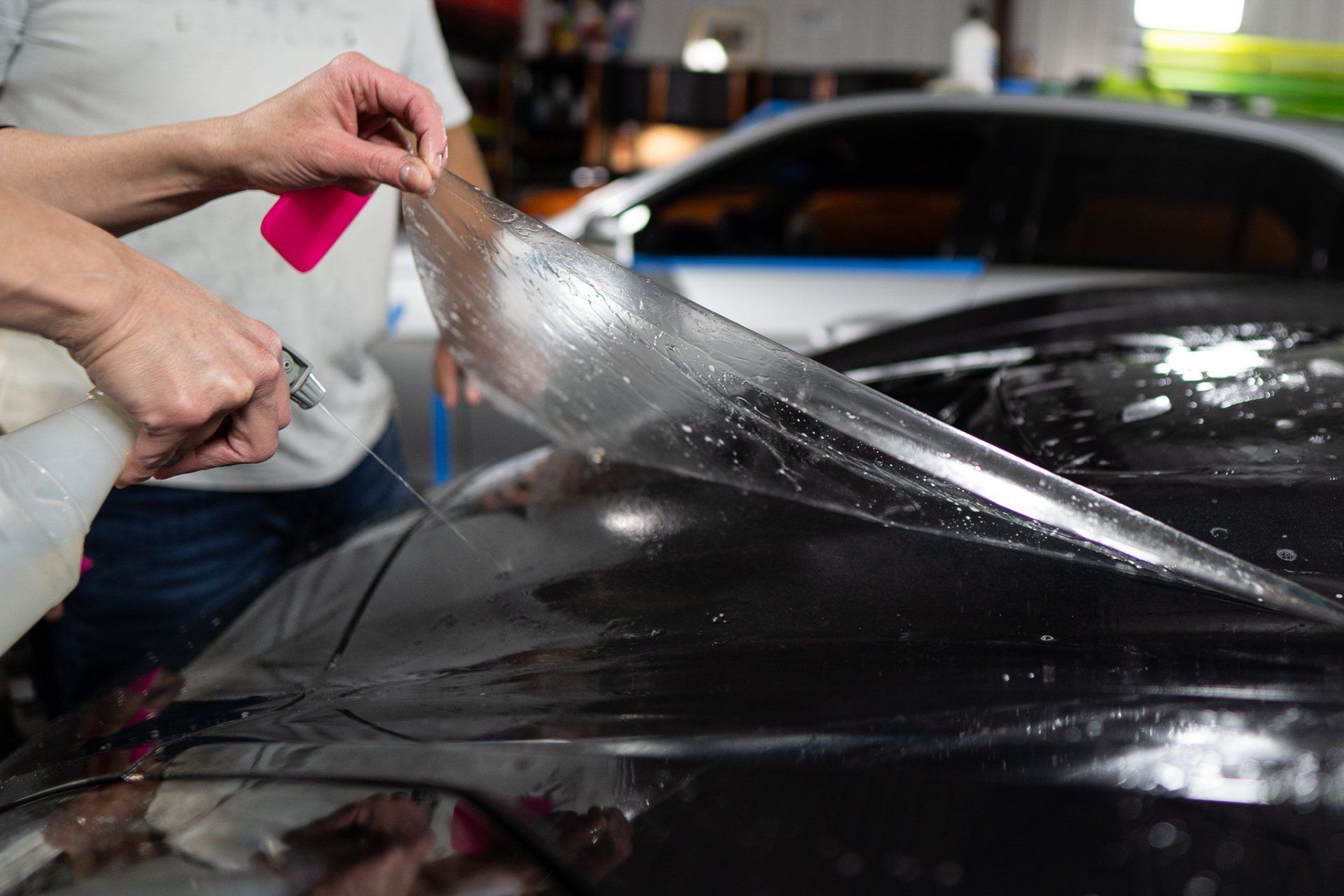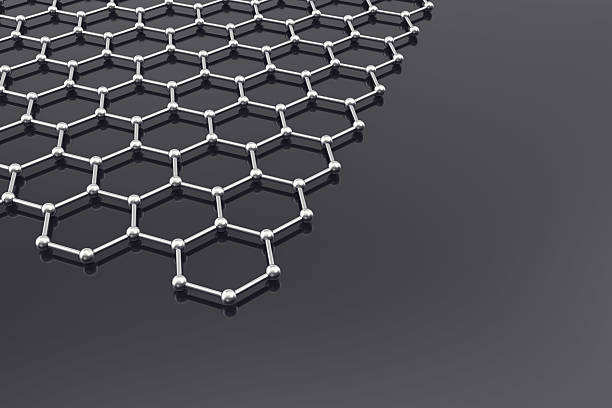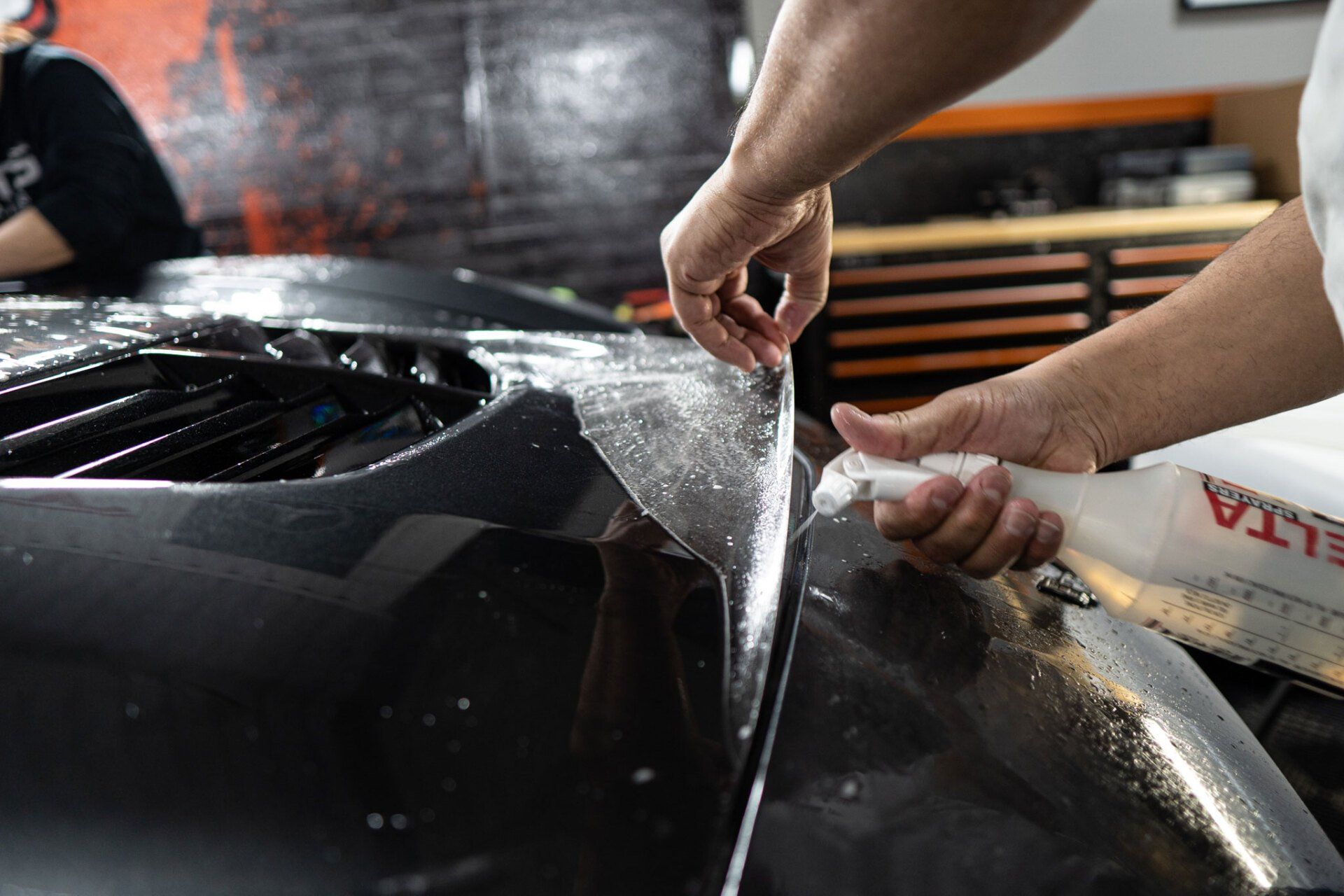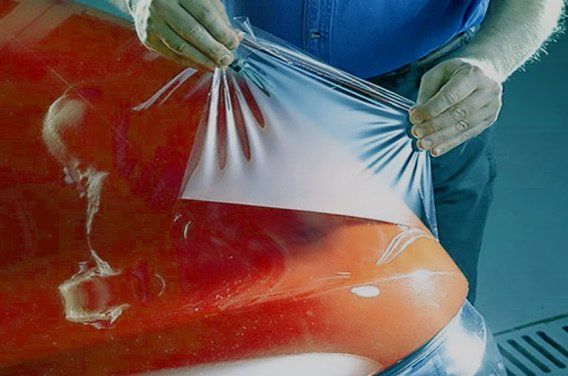Dry ice car cleaning is becoming increasingly popular, and for good reason. When used correctly, it can do wonders for the interior of your vehicle. It's a chemical-free and environmentally friendly way to remove dirt, grime, and odors from your car.
There are risks to using dry ice to clean your car that you should be aware of before you proceed.
This article will teach you everything you need to know about dry ice so you can make an informed decision before attempting it yourself.
What Is Dry Ice?
Dry ice is simply carbon dioxide that has been frozen. When CO2 is cooled below its freezing point of -78.5 degrees Celsius, it solidifies. It turns into a gas when it comes into contact with warm air. This makes it ideal for cleaning because the process is completely self-contained. It is safe to store at home and transport in a cooler.
Dry ice should not be confused with "wet ice," which is a slushy mixture of water and CO2. Wet ice is dangerous to work with because there is no way to control how much CO2 ends up in the ice. Dry ice, on the other hand, is extremely safe.
How Does Dry Ice Cleaning Work?
The dry ice-blasting cleaning process is pretty simple.
Dry ice blasting removes dirt, grease, and grime from surfaces in less time than other cleaning methods by using ultra-cold dry ice pellets as the blasting medium.
The frozen pellets are propelled to the surface at high speeds by compressed air, dislodging dirt from cracks and crevices that would otherwise be inaccessible. The resulting water mist cools the area being cleaned, requiring no chemical products during the cleaning process (unlike steam cleaning).
Why Dry Ice Blasting?
Other methods of automotive restoration, such as washing or vacuuming, can result in water damage and residue on interior surfaces. However, dry ice cleaning is a completely different process that does not expose the car to regular car wash chemicals that leave streaks behind.
Dry ice will not leave any residue on the exterior surface as long as it is not allowed to melt into puddles on top of painted surfaces such as bumpers or fenders. This almost eliminates the possibility of sticky gunk remaining on your vehicle.
Dry ice does not require a dust containment system, unlike other cleaning technologies that use abrasive chemicals, because no loose materials are used in the process.
Cleaning with dry ice is also a quick process. Because of the rapid rate at which dry ice blasters operate, as well as how quickly dry ice evaporates, you can cover more surface area in less time than traditional methods.
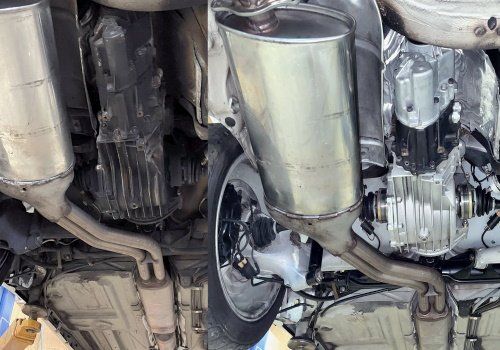
Traditional Cleaning Methods vs. Dry Ice Cleaning
Traditional car cleaning methods, such as sponging and wiping, may be ineffective at removing dirt, mold, and other contaminants from the surface of your vehicle. They are quick and convenient to use, but they are also time-consuming.
Dry ice cleaning is far more effective at removing dirt and grime from a vehicle. Moisture evaporates during the sublimation process, leaving a clean surface.
If you're concerned about the potential damage caused by spraying your car with dry ice, we can assure you that there's no need to be. Dry ice cleaning is non-hazardous to you and your vehicle because it does not emit harmful fumes or leave a residue like chemical cleaners.
It also has no environmental impact when properly disposed of—you simply toss the used dry ice into your regular trash bin when you're finished. This makes it more environmentally friendly than traditional cleaning methods that rely on chemicals like soaps and detergents. When these materials are washed into storm drains (or directly into water bodies), they pollute groundwater, resulting in more secondary waste.
Furthermore, these chemical-based products can harm plants and animals living in nearby ecosystems.
What You Need to Know Before Using Dry Ice to Clean Your Car
Before you start using dry ice to clean your car, there are a few things you should keep in mind:
First, dry ice is extremely cold - so cold that it will draw moisture from anything it comes into contact with. This includes your skin, fabrics, and the interior of your car.
When dry ice comes into contact with fabric, the water in it freezes, rendering it brittle. This can cause upholstery damage, so use caution when using it on your car's seat covers.
When dry ice comes into contact with the interior of your car, it draws moisture out. This can cause the paint on the interior of your car to crack and the vinyl or plastic on your dash and console to shrink.
So, Is Dry Ice Blasting Worth It?
Dry ice car cleaning is a safe and environmentally friendly method of removing dirt, grime, and odors from your vehicle. It's ideal for delicate fabrics and can be used in open areas without damaging your vehicle.
Cleaning your car is also a very safe process. The only way to get hurt when using dry ice is if you don't follow the safety precautions outlined above. The extreme cold may cause some tightness in your skin, but it should be nothing serious.
Unlike some of its competitors' products, dry ice leaves no residue when it melts away into nothingness after it has completed its function. As a result, it can be used on any surface, including electrical components, without fear of causing damage from chemicals used before or after treatment.
Contact Vehicle Enhancement of Dayton, Ohio, for the Best Dry Ice Blasting Services
Car cleaning entails much more than simply washing the exterior. It's critical to preserve your vehicle's value and keep it in top condition for years to come. Dry ice blasting may be the best option if you want to get more out of each car wash.
This method, with its unique combination of pressure and cold air, can remove dirt and debris from even the most difficult-to-reach areas of your vehicle—all while leaving no residue behind.
If you want to learn more about this process, don't hesitate to call Vehicle Enhancement of Dayton, Ohio, at (937) 296-0328.
